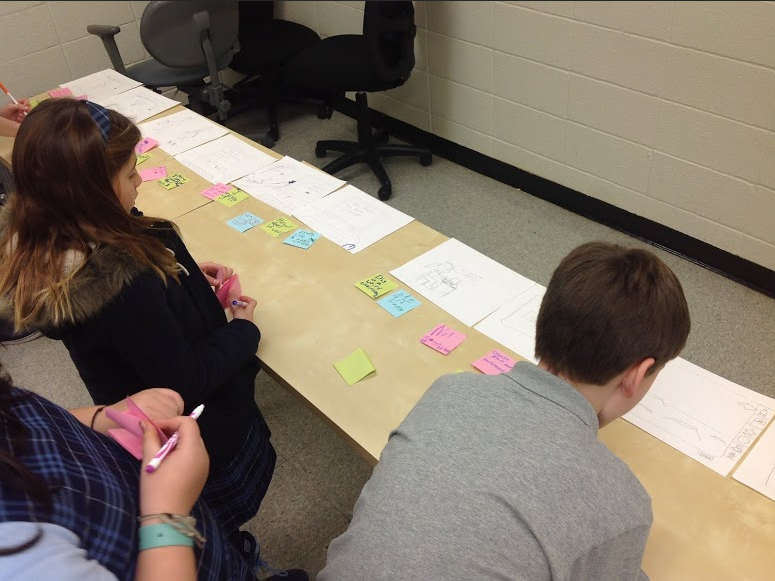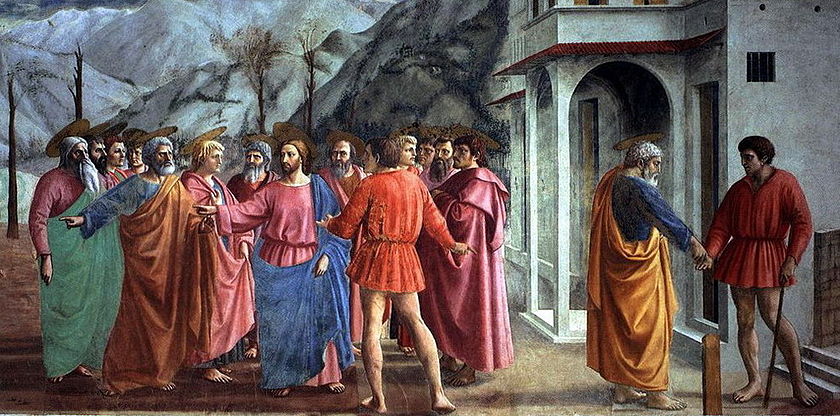The future of fashion looks green…not like the emerald, but in environmental sustainability. The use of reclaimed materials, reduction in seasonality, the adoption of a slower cycle will all contribute to the fashion trends over the next five years.
According to the article “Trend forecasters predict a more trendless future”, consumers have adopted the concept as a core component of their fashion interests at a quicker rate during the pandemic. Sustainability can be measured in multiple ways: impact on the environment, treatment of workers, or generation of waste material. Some manufacturers, such as H&M, have begun to focus on utilizing waste material in the production process to reduce environmental impact. Their new line, H&M Edition by John Boyega, focuses on clothes made of organic materials, materials discarded in other productions, or recycled artificial fibers. The line also focuses on the ability of clothing to be repaired as a way to be more sustainable as highlighted in the fact that “it’s estimated that the average garment is worn only ten times before being disposed of, according to a leading clothes waste charity.”
...


